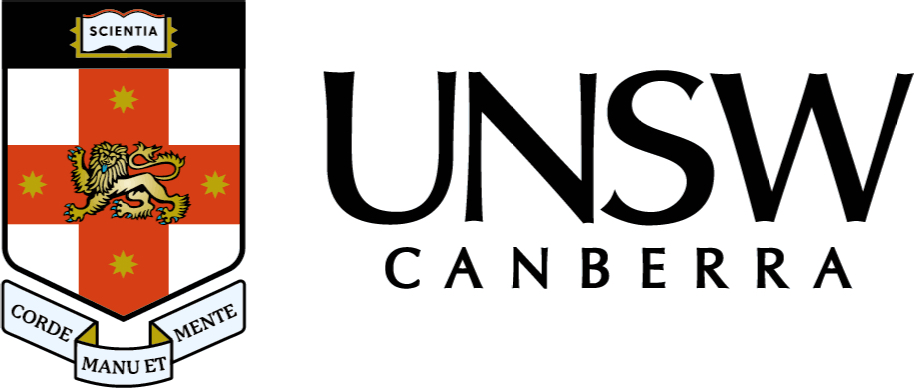About Canberra
On behalf of the Local Organising Committee, I would like to extend our warm welcome to you all, both to Canberra and to AFMC 2024 !
December is the first month of summer and getting warmer. Depending on weather conditions, you may see multiple contrails from the numerous Sydney-Melbourne flights overhead (aerodynamics, atmospheric boundary layers). Large flocks of enormous sulphur-crested cockatoos will create a wonderful cacophony of sound, especially in the suburbs (flapping wing, fluid-structure interactions, acoustics). You may also hear pairs of hacksaw-sounding black cockatoos, or clouds of bats at night, who moved in after the 2019 bushfires (fire propagation). There may be some late spring flowers in the gardens around town, while the plums planted around the city will be almost ripe (biofluid dynamics, capillary flow).
Expect days of 15-26 C (60-80 F), which can drop to cool in the nights (10-15 C or 50-60 F). The days should be mostly sunny, but there can be occasional sudden storms or days of rain.
If arriving by air, it is most convenient to catch a taxi (or drive a hire car) from the airport to your hotel. Transport Canberra also provides bus services connecting the airport to parts of the city.
Canberra has a wealth of attractions, many in the vicinity of Hotel Realm: the National Gallery of Australia, National Library, National Portrait Gallery and Questacon, with the National Museum of Australia and the Australian War Memorial further afield. We recommend a walk or cycle around Lake Burley Griffin. You can also climb Mt Ainslie or Black Mountain, or many of the other hills around town. You may wish to shop in the very large Canberra Centre mall and shopping district (with supermarkets) in Civic, on the north side of the lake (open 7 days). Several fruit markets and tourist fairs are held on weekends in different parts of Canberra.
Kangaroos are abundant in many areas of Canberra, especially at the Red Hill Nature Reserve, and sometimes near the ADFA campus. If you plan to visit them, don’t forget they are nocturnal – best to see them in daylight – and that they are wild creatures with dangerous claws! Be careful driving at night outside the urban areas.
You will find some tourist information and what's-on guides here:
Here are some direct links to transport services:
- Transport links to/from Canberra Airport
- Public transport to/from Canberra Airport
- Transport Canberra, all routes
Google also provides a reasonable bus route / time selector through the bus icon on Google Maps.
So, safe travelling, and see you at the conference !
Regards
Robert Niven, Lead Chair

